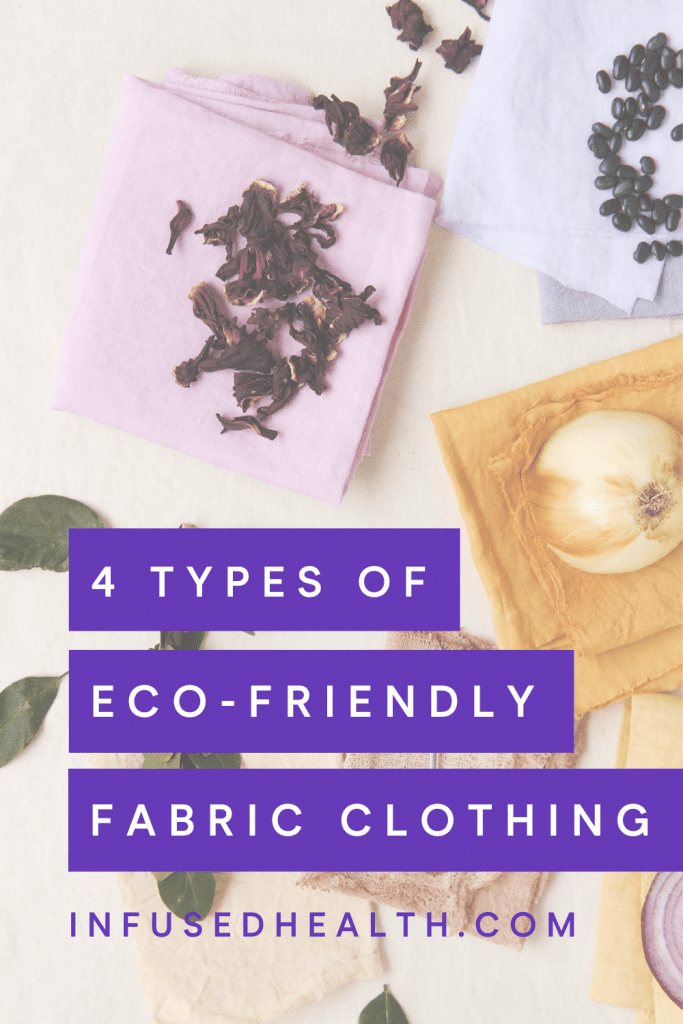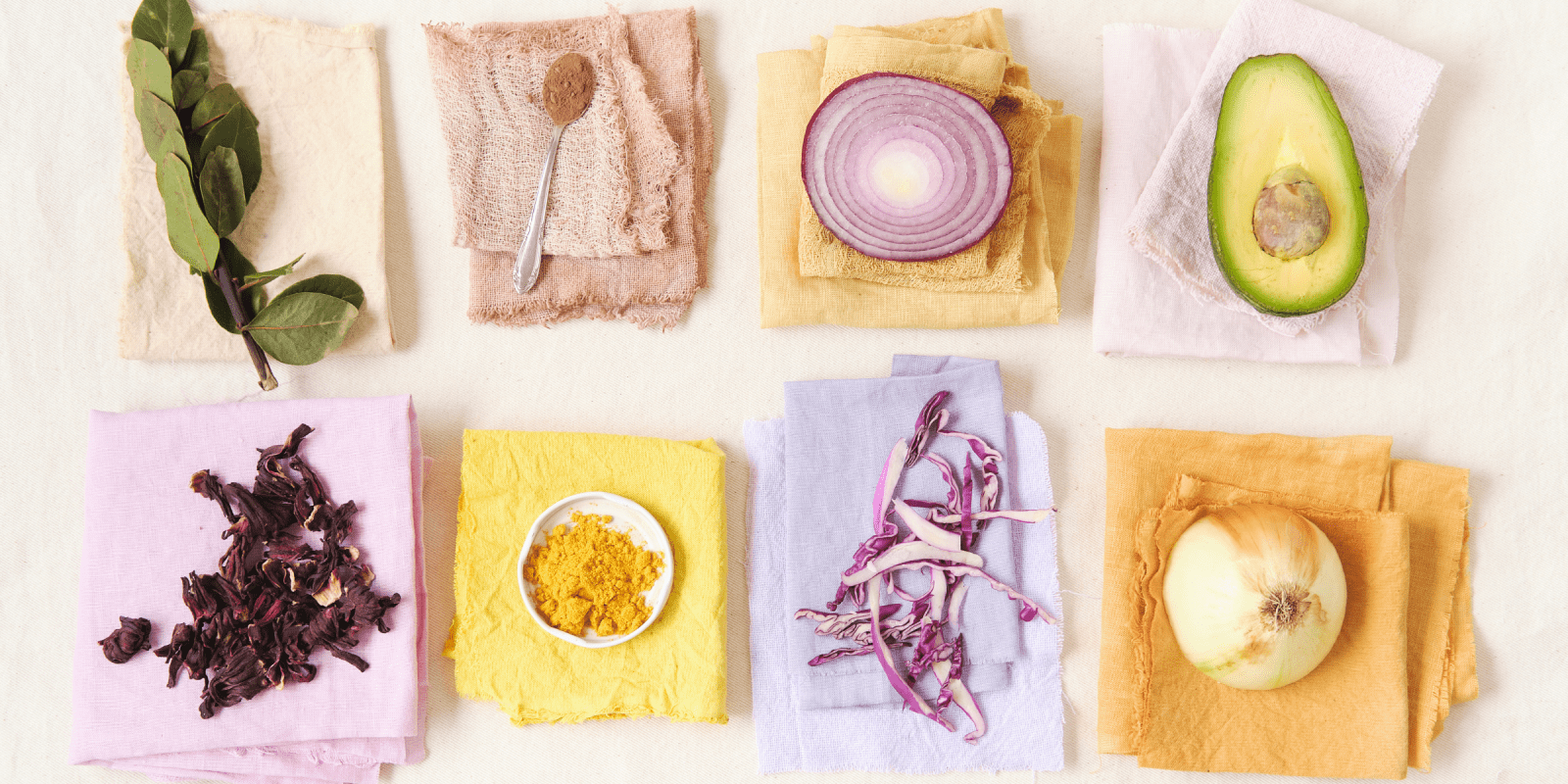Whether you are an environmentalist or want to save the planet by wearing eco-friendly clothing, you should know what to look for in fabrics. Here are four things to consider when shopping for clothing made from environmentally friendly materials.
Hemp Clothing
Choosing hemp as an eco friendly fabric for clothing can help you save money, protect the planet, and look good. The material is easy to dye, wear, and dry clean. However, you should know a few things about this new green fabric.
First, hemp is an ancient crop cultivated on almost every continent for thousands of years. The crop produces a solid, durable fiber that is breathable and UV resistant. It also has antibacterial and mold-resistant properties.
Another benefit is that hemp is a highly biodegradable plant. The roots naturally replenish essential nutrients, reducing soil erosion and pollution. It’s also considered a superfood because of its seeds. Yes, hemp is same plant that CBD oil is made from, but there’s no CBD in hemp clothing because it’s made from a different part of the plant!
Hemp is resistant to mold and mildew, is durable and has a long lifespan. In addition to the benefits of hemp, it has the smallest footprint on the planet. It uses less water, less electricity, and fewer pesticides than cotton. Hemp is more eco-friendly than other natural fibers, such as cotton and bamboo.
The production of hemp fabric isn’t without its share of problems. Hemp uses more nitrogen than most other sustainable clothing crops. There are also issues regarding pesticides and herbicides used during the production process. Choosing organic hemp may be a better bet.
Organic Cotton
Choosing eco-friendly fabric for clothing can help protect the environment and your family. These fabrics are more environmentally friendly than conventional cotton and synthetic materials. These fabrics require less water, energy, and land for production.
A variety of fibers can be recycled into an eco-friendly fabric. Several fabrics are biodegradable, while others are compostable. These fabrics are easily recyclable and reduce the waste created during production.
The fastest-growing crop on Earth, hemp, is also eco-friendly. Hemp is a soil-friendly plant that does not require much water and fertilizer. Hemp has uses in medicine, cosmetics, and textiles.
Organic cotton is another eco-friendly option. Organic cotton does not use synthetic fertilizers, pesticides, or dyes. It also uses less water than conventional cotton.
There are several certifications to choose from, such as Oeko-Tex Standard 100. This eco-friendly textile certification tests products for over 100 harmful chemicals. It helps consumers to verify products are authentic and made in an eco-friendly way.
Lyocell Fabric
Using Lyocell is a great way to help the environment. The fabric is made from organic materials, so it does not require pesticides or fertilizers. Also, it requires less water and energy for manufacturing. It means that Lyocell is one of the more sustainable fabrics.
When a lyocell garment is worn, it will not cling or wrinkle. It is also very breathable, so it will keep you cool, even in warmer weather. The fabric is also hypoallergenic, so it will not irritate your skin. It is perfect for people who have sensitive skin.
Lyocell is a semi-synthetic fiber. It can be blended with other fibers to make various types of clothing. The fibers are incredibly soft, blending well with silk, merino wool, and other fibers. The fabric is also easy to dye. The material can also be used for making high-quality bed sheets.
Lyocell is produced by a process known as a closed loop. In this process, the dissolvent chemicals that create the fiber are recycled. It is also important to note that the Lyocell manufacturing process is environmentally friendly because it does not release chemicals into the environment after the process is completed.
Bamboo Clothing
Choosing eco-friendly fabric for clothing is a great way to make a difference in the environment. You’ll want to consider the fabric types and how they are produced. You can also consider whether you need to buy bamboo clothing or a different sustainable fiber.
Bamboo is a highly fast-growing plant. It has a high oxygen absorption rate, sequestering much carbon dioxide. It also has antibacterial properties. It can be grown with little water and fertilizer.
Bamboo fabric is softer and more eco-friendly than many commercially available fabrics. Despite its perks, it can be challenging to find, especially in local stores. Several online stores sell this fabric.
You’ll want to choose bamboo clothing that has a sustainable manufacturing process. You also want to ensure the fabric is mercerized to help it last longer. You’ll also want to avoid treating it with bleach or fabric softener. Be careful about how hot you wash it. Bamboo fabrics tend to shrink when they are exposed to hot water.
Silk Fabric
Whether you’re looking for an eco-friendly silk fabric for clothing or just curious about the benefits of this natural fiber, there are a few things to consider. For one thing, silk is a raw, durable material with a soft, silky feel. It’s also very lightweight and lustrous, making it superb for blouses and scarves.
Silk is also considered one of the most potent natural fibers. One filament of silk is more robust than a steel filament. One filament is stronger than the entire thickness of a steel rod.
When silk is thrown away, it takes a long time to biodegrade. In contrast, many petroleum-based synthetic fabrics persist in the environment for a long time.
Moreover, silk produces fewer carbon emissions than many other fabrics. It also requires less water and chemical inputs, making it a better environmental choice. However, silk production also raises ethical issues.
During silk production, silkworms are killed in their cocoons. These are then processed into yarn, which is then spun into fabric. For each silk shirt, approximately 1,000 silkworms are killed.
Pin This Post

She is the author of Vitamin Weed, Kratom is Medicine, CBD Oil For Health, Train Your Brain To Get Thin, and Journal Yourself To Health.

